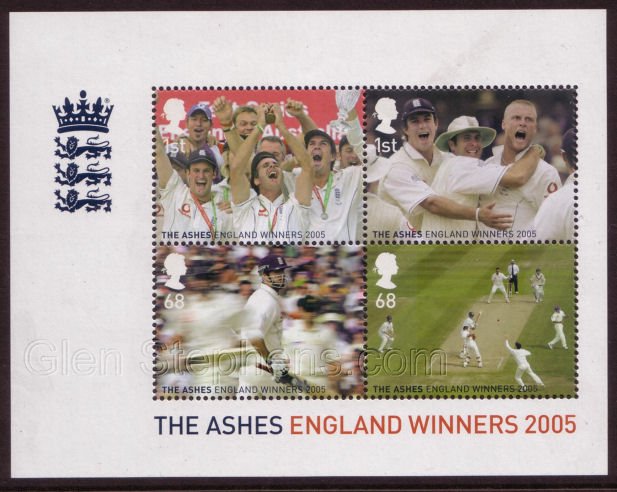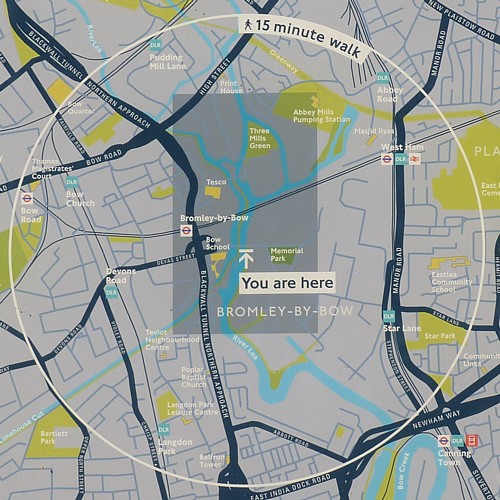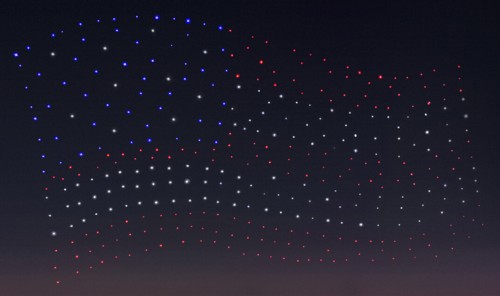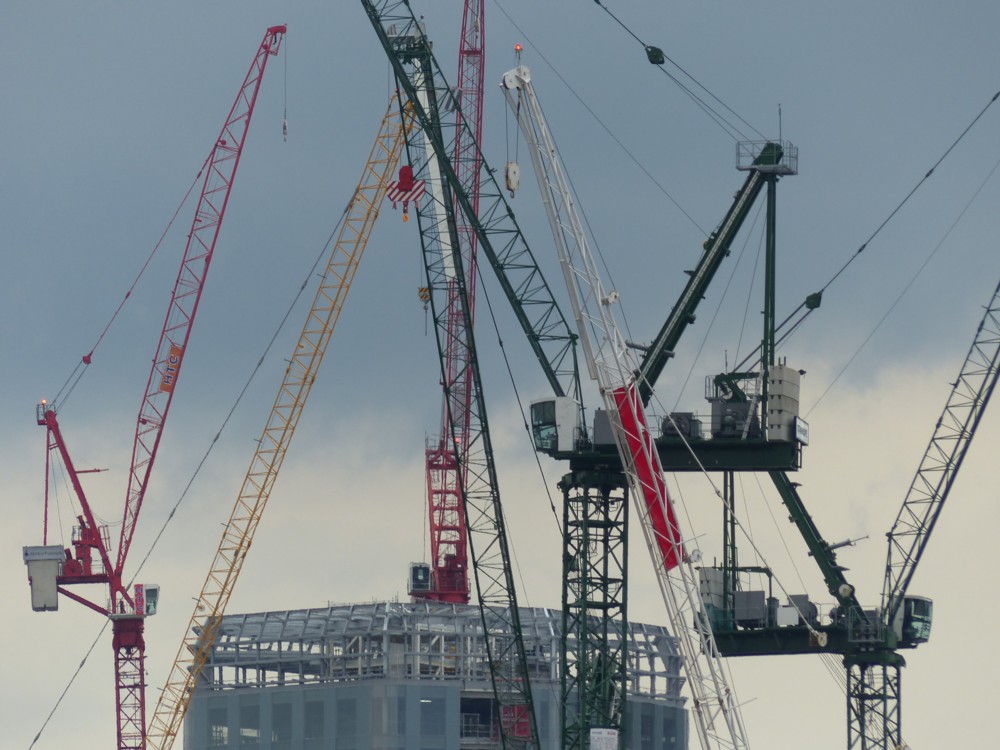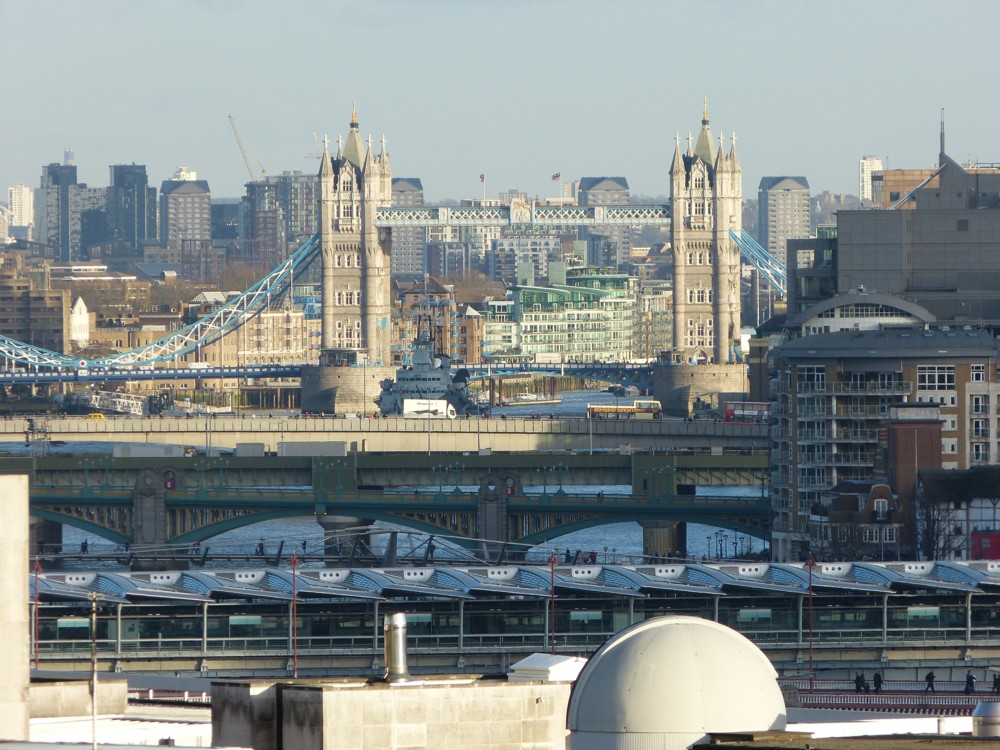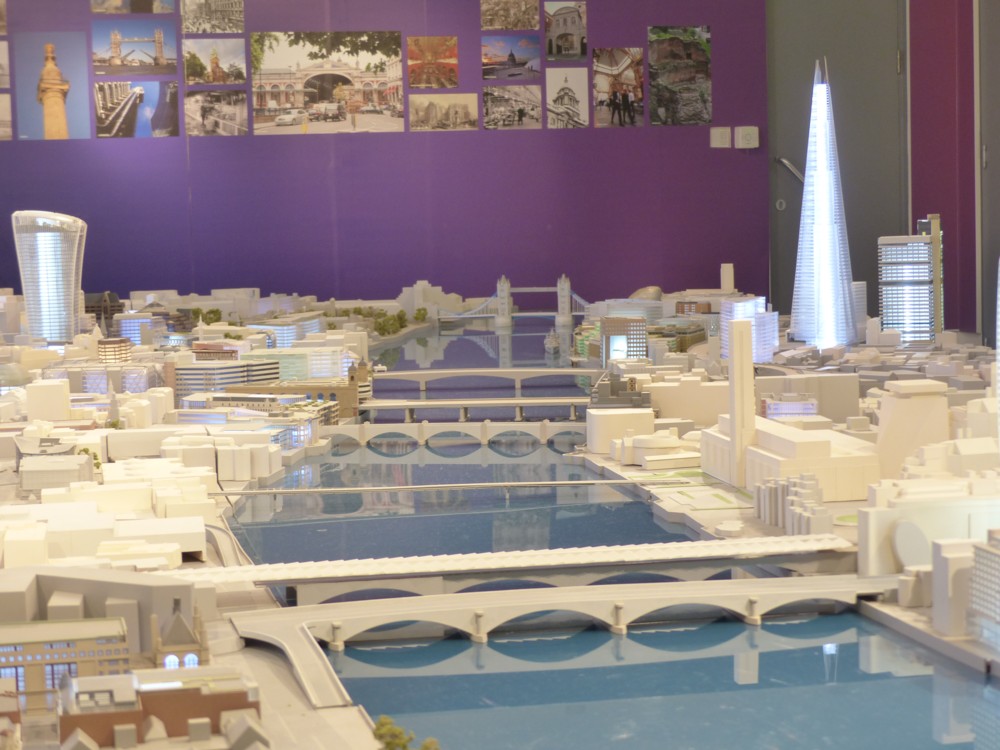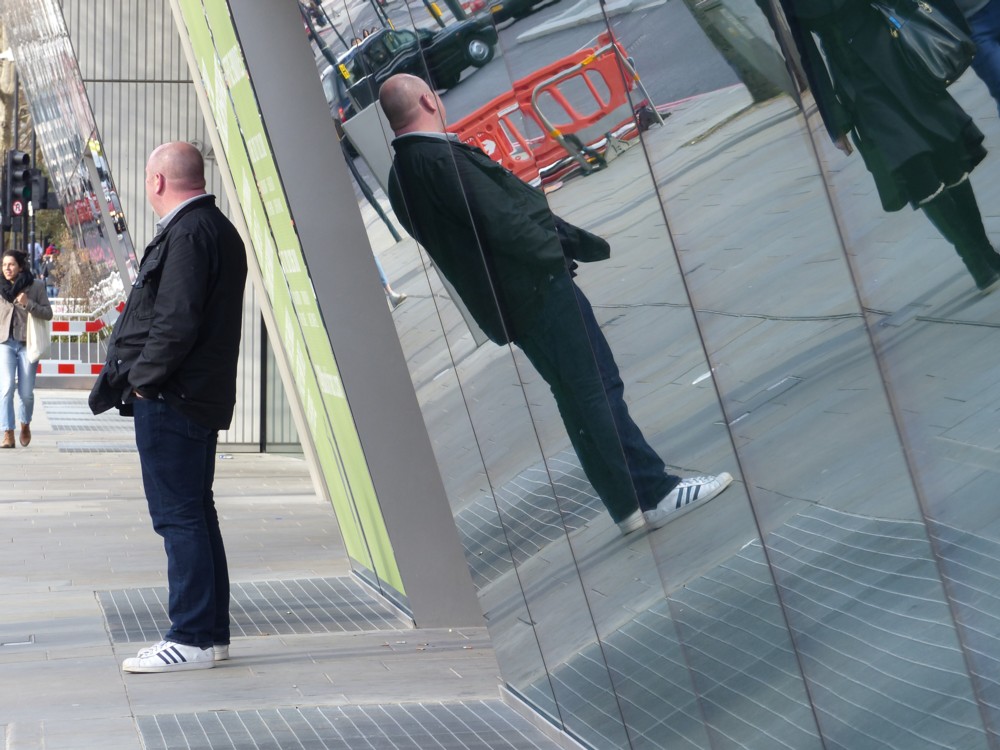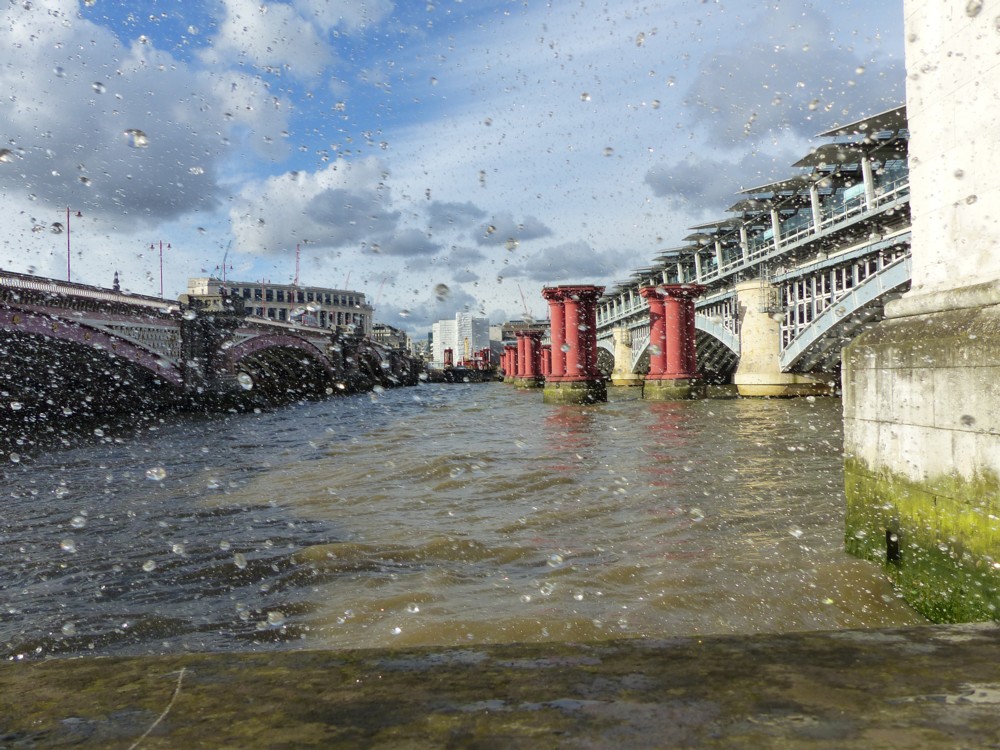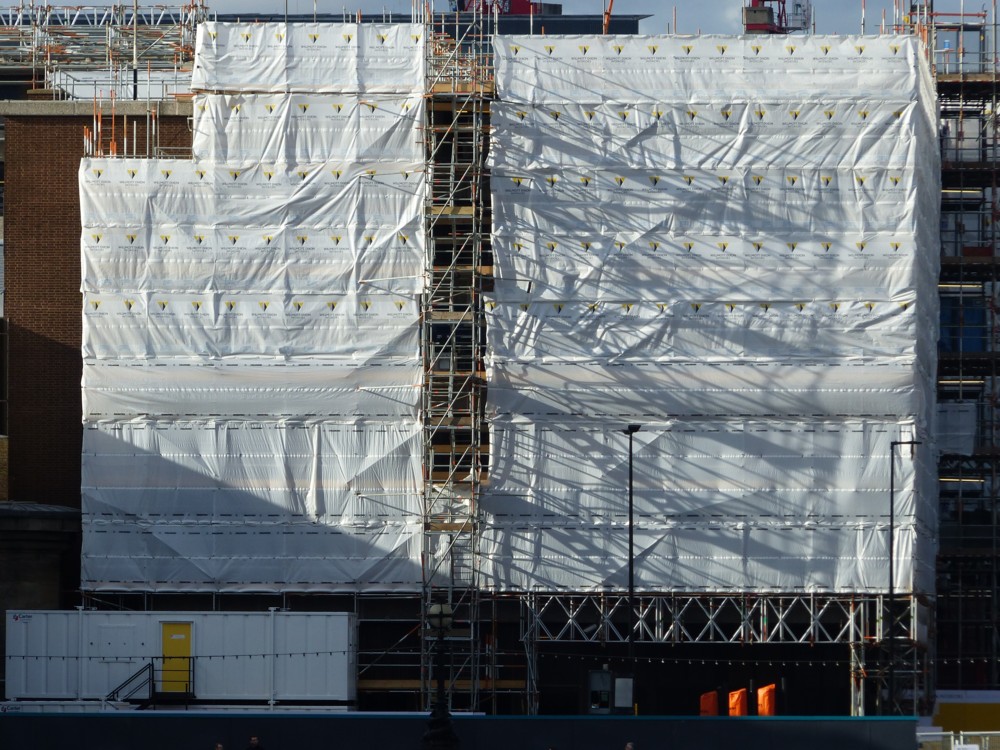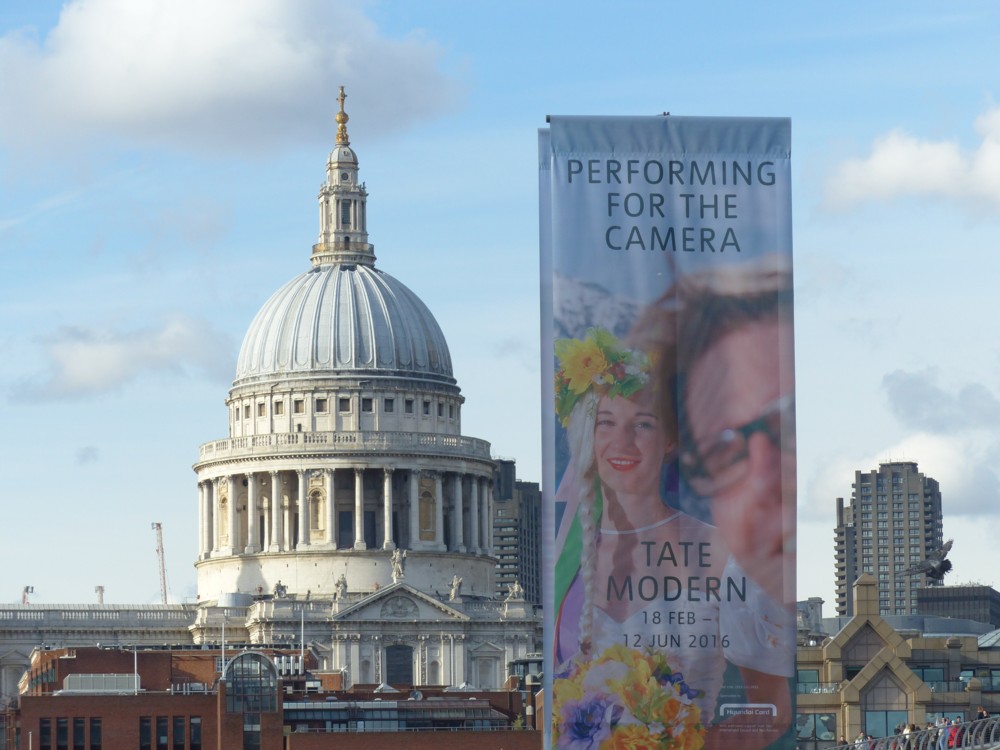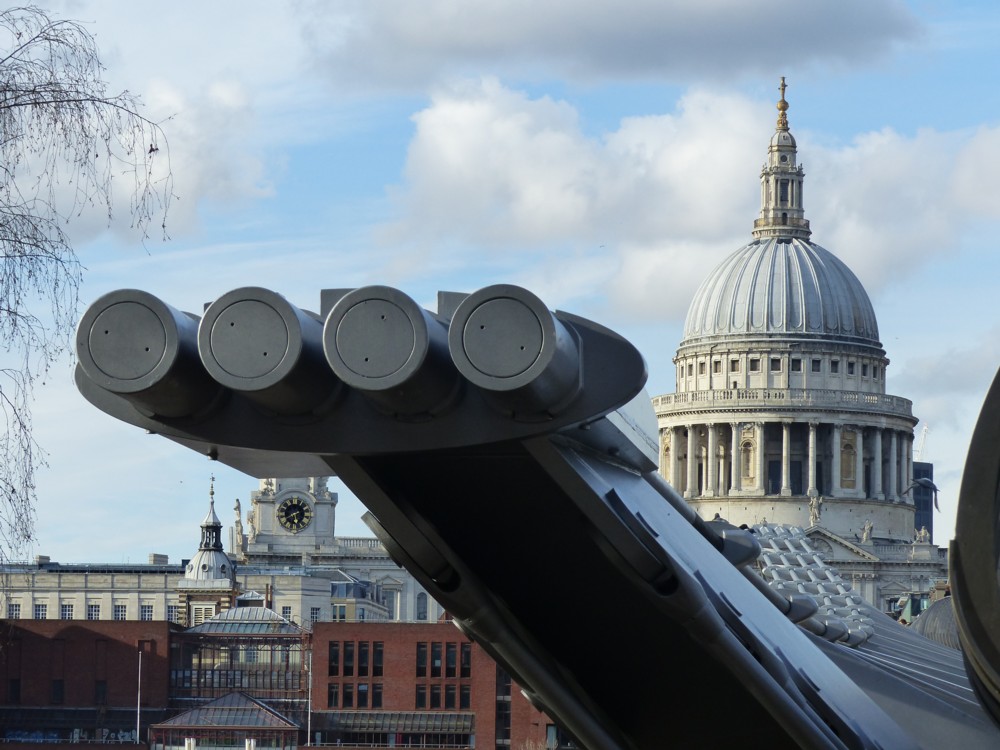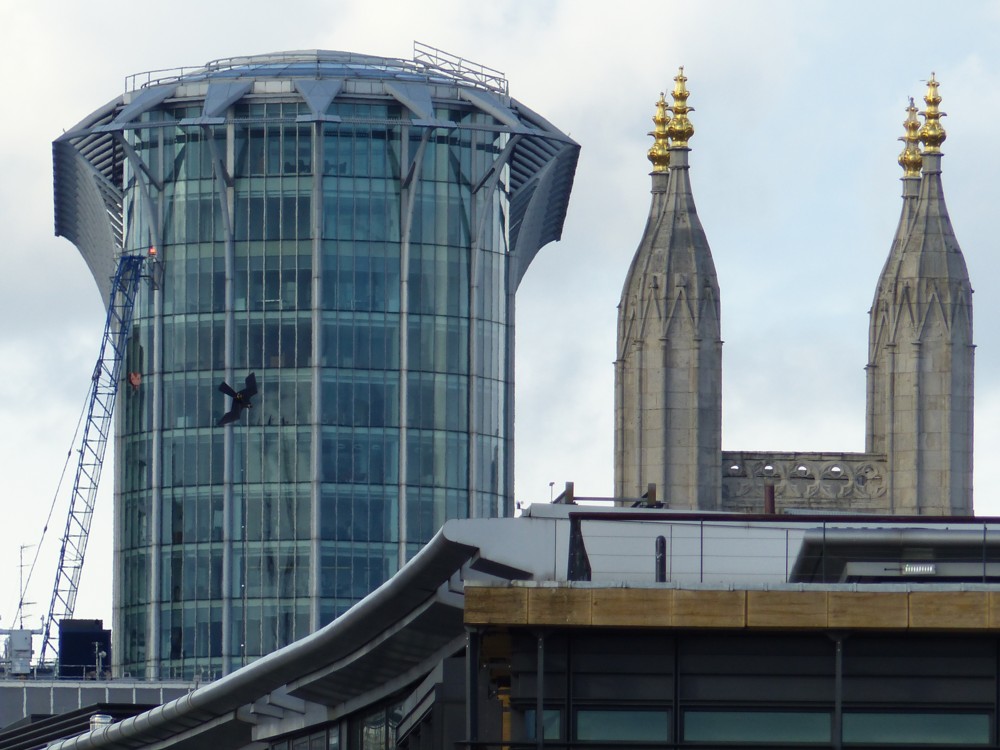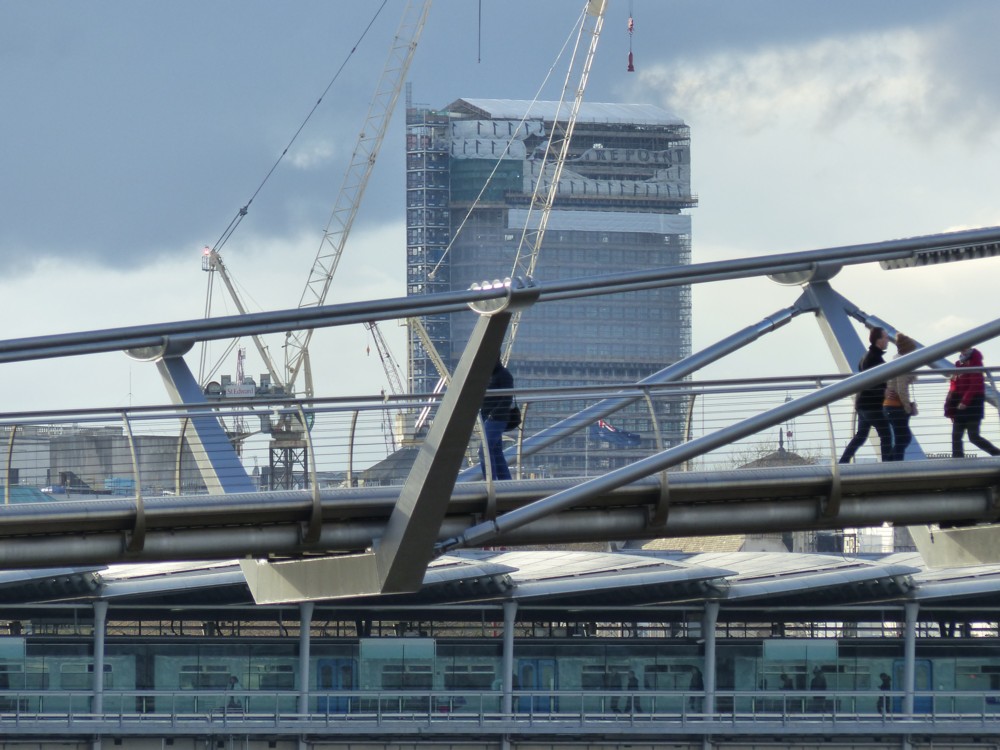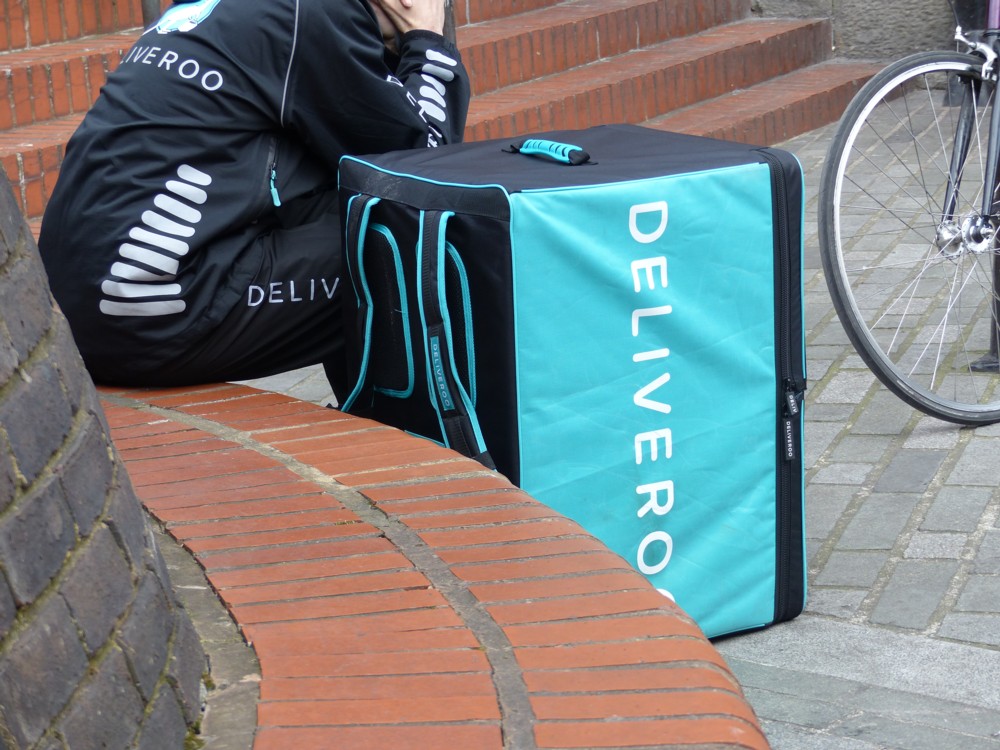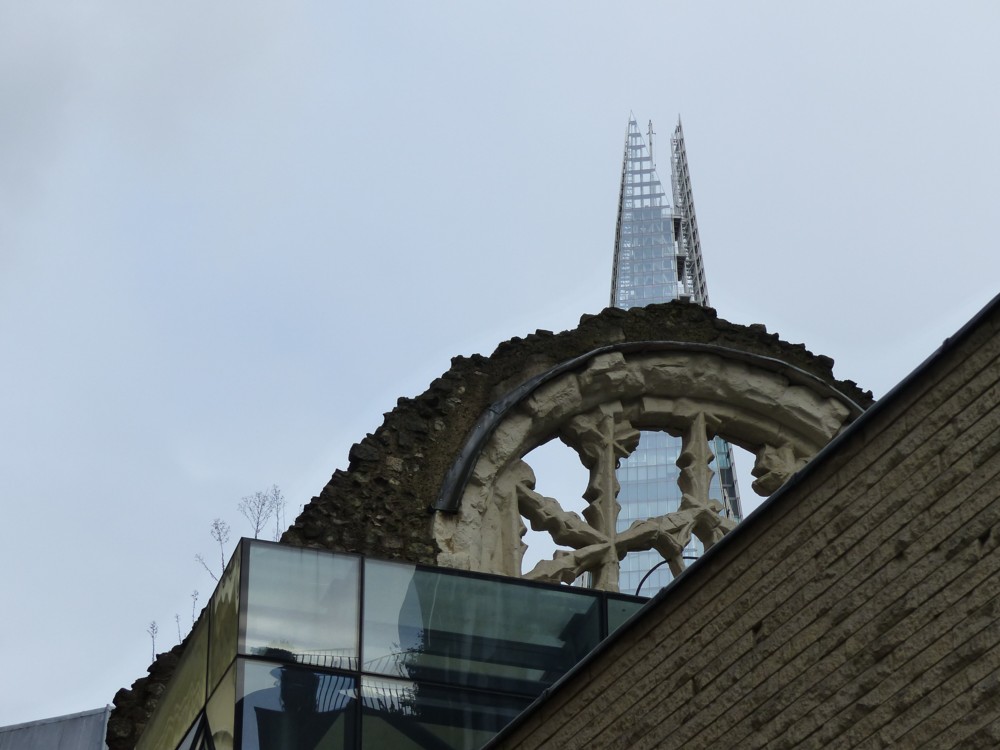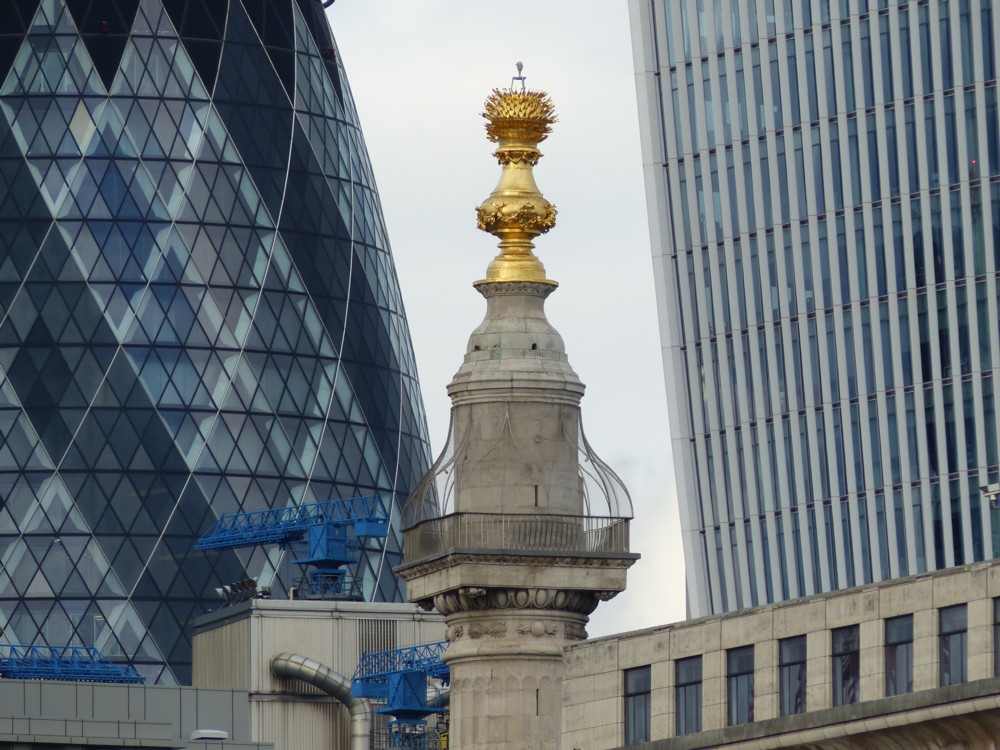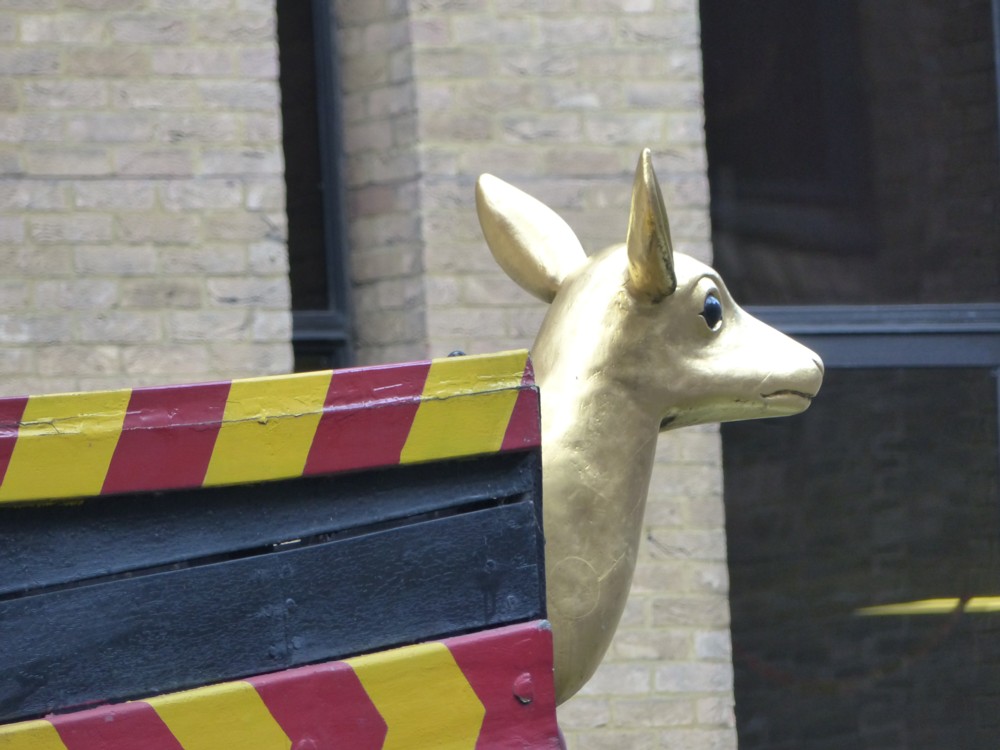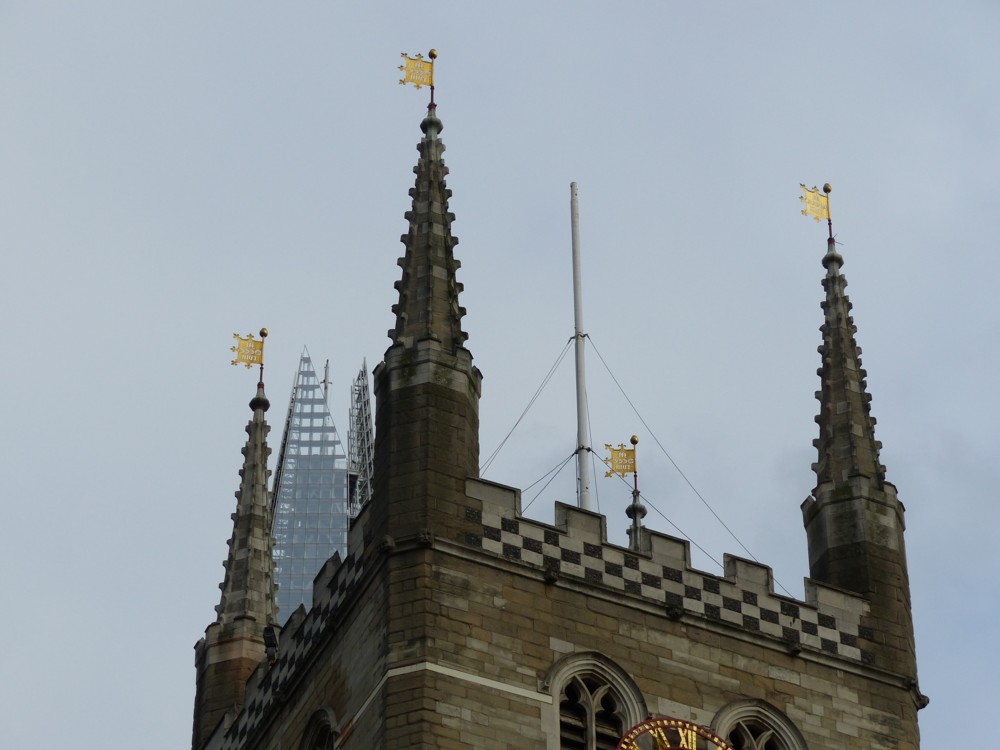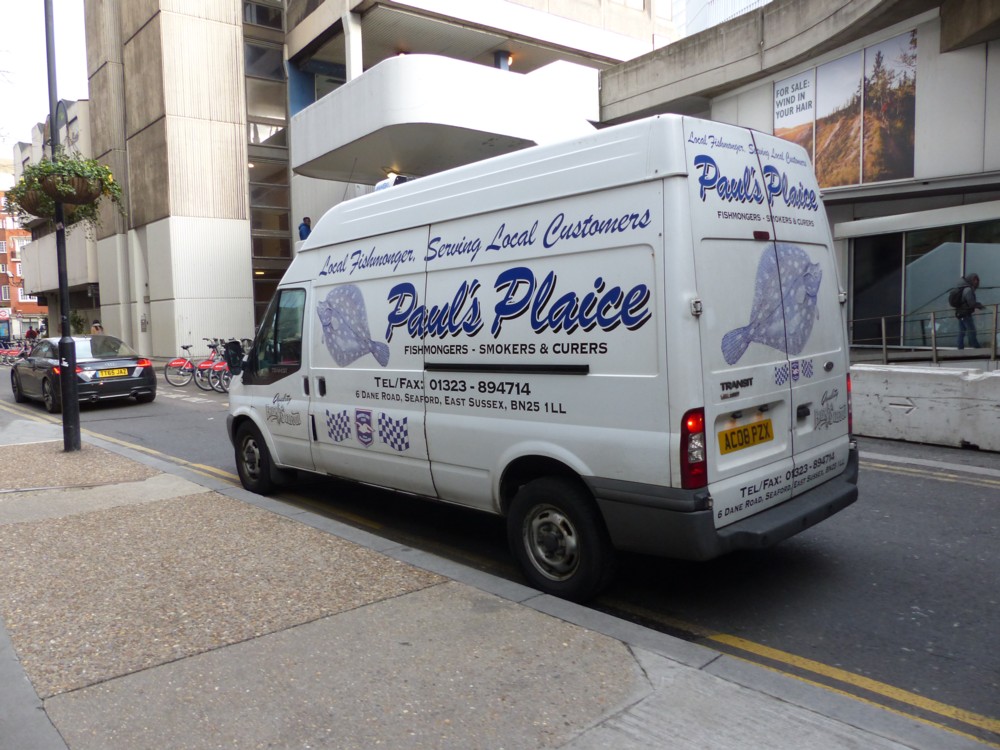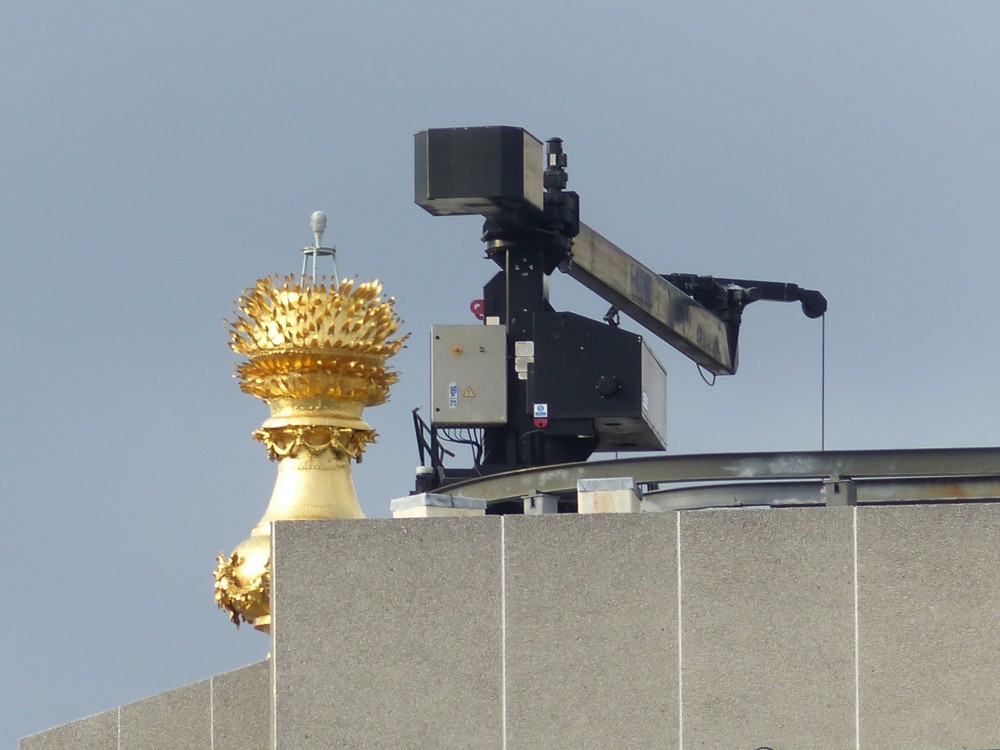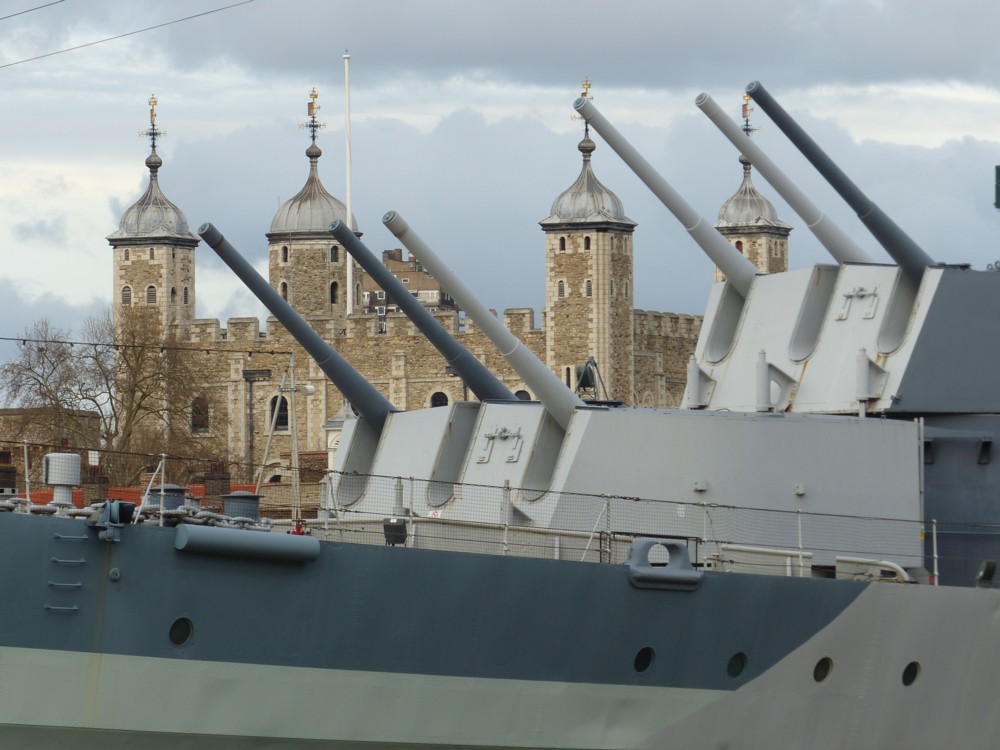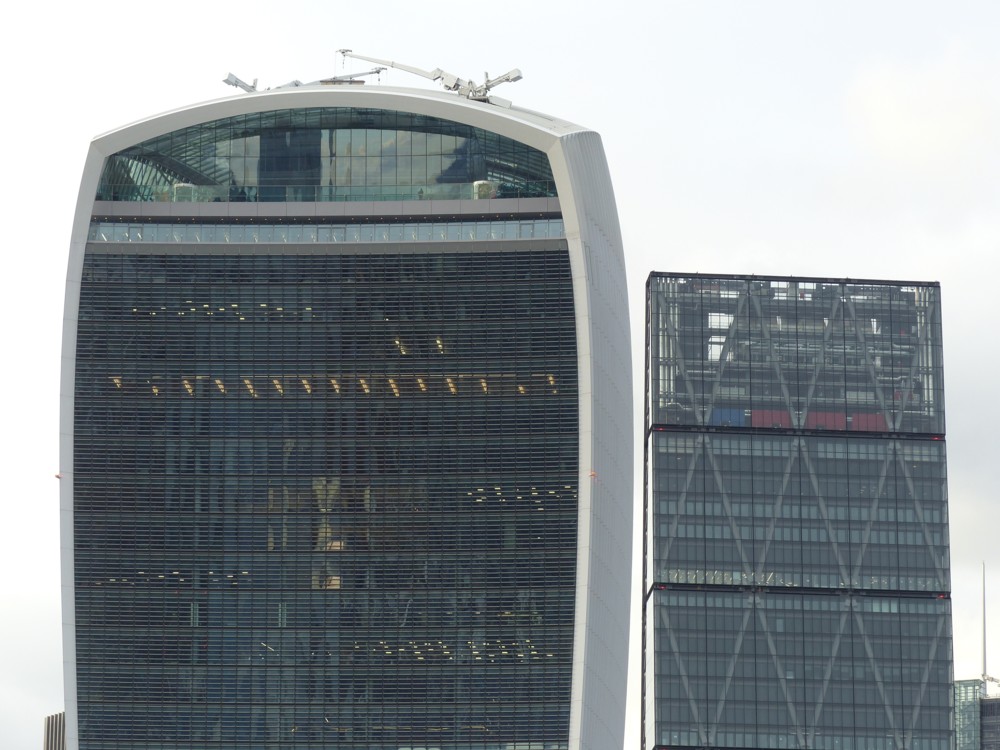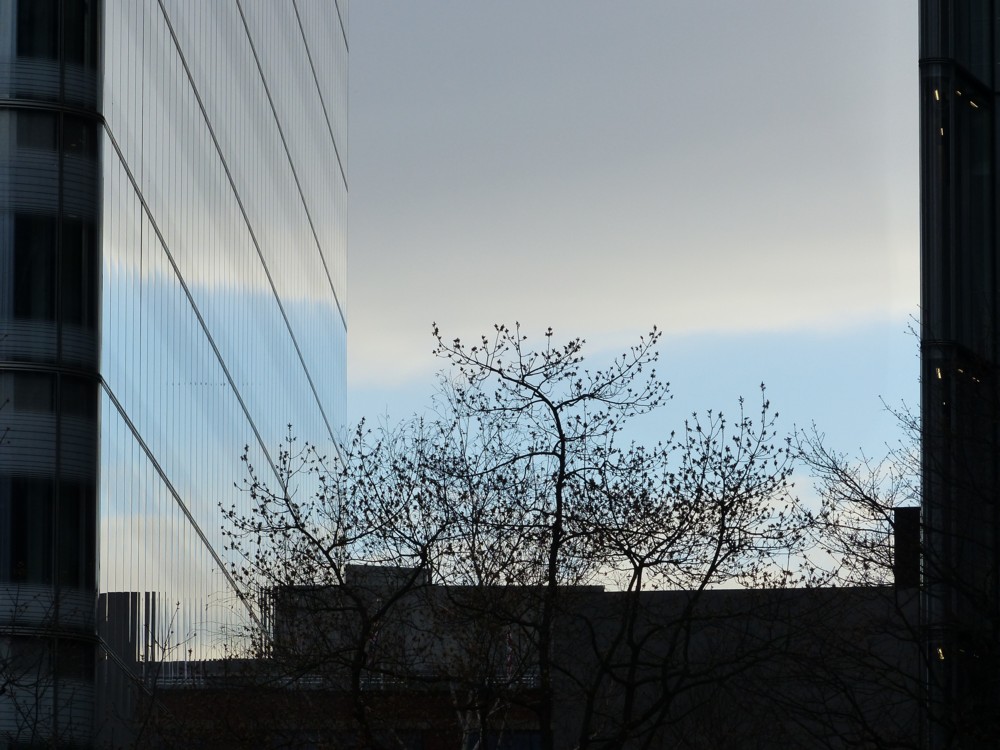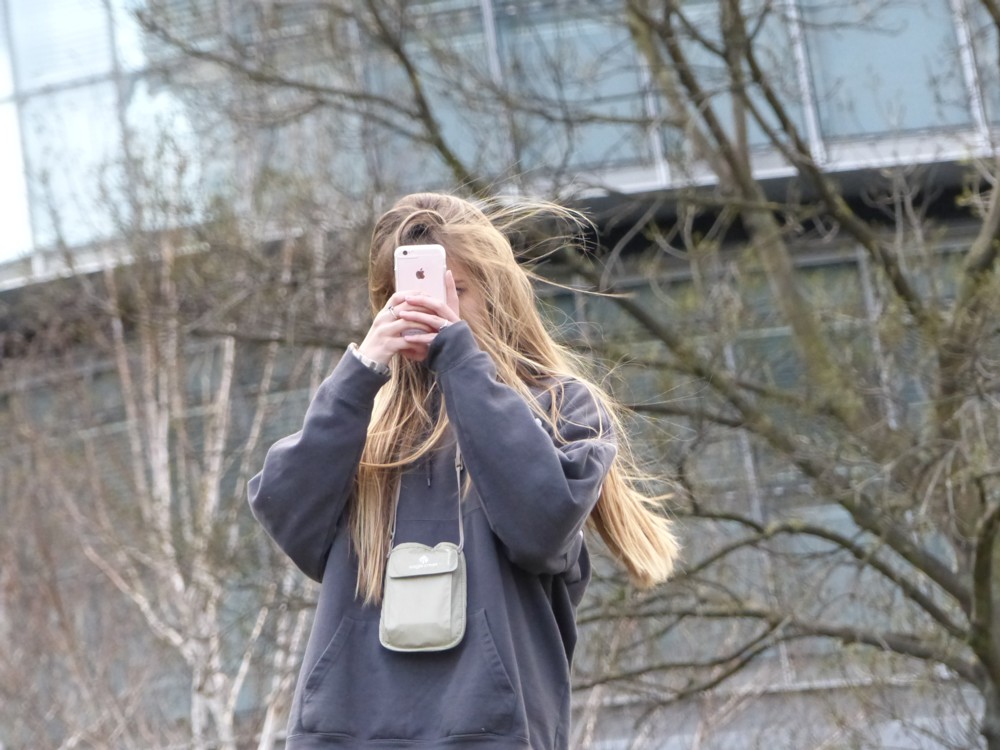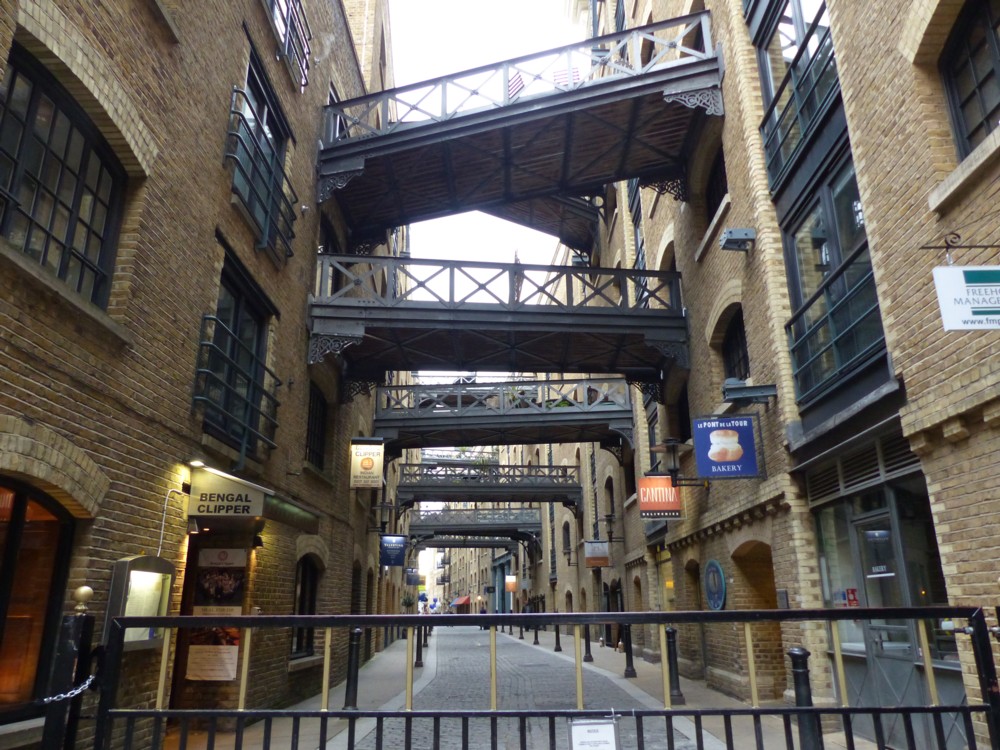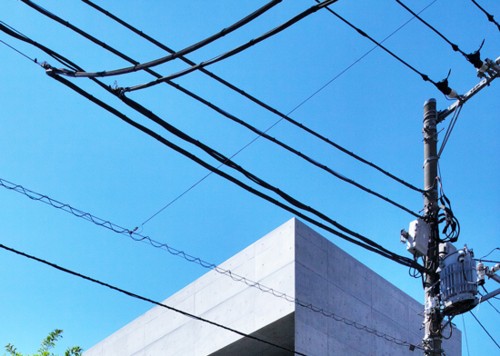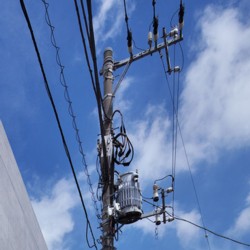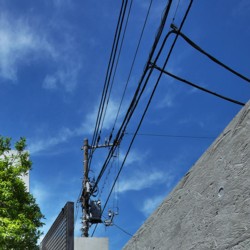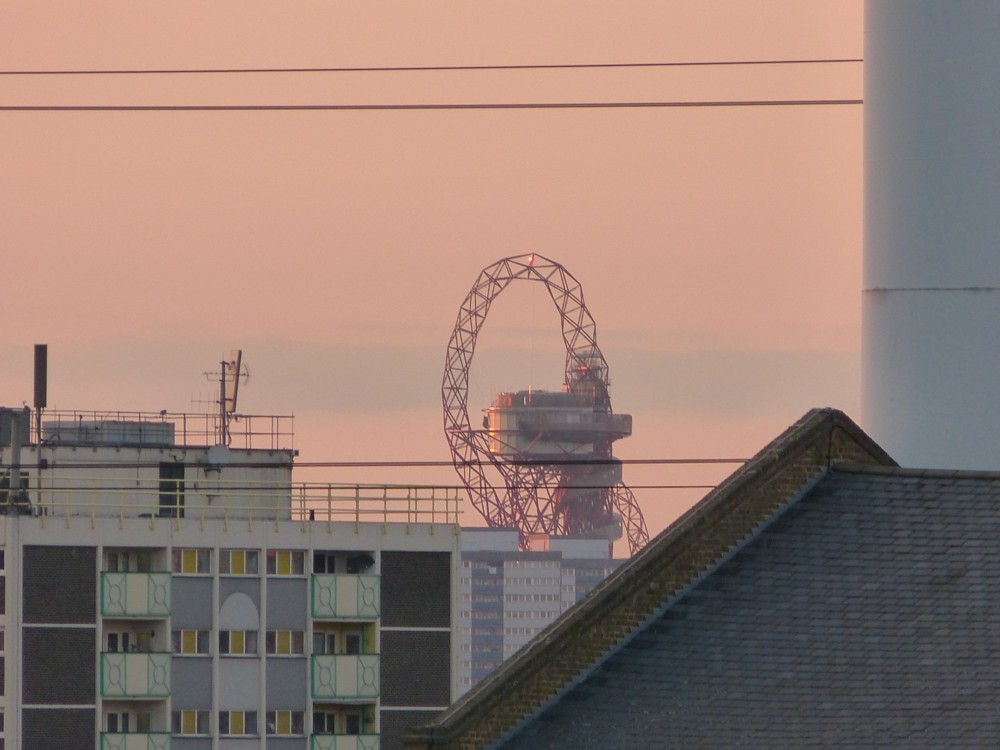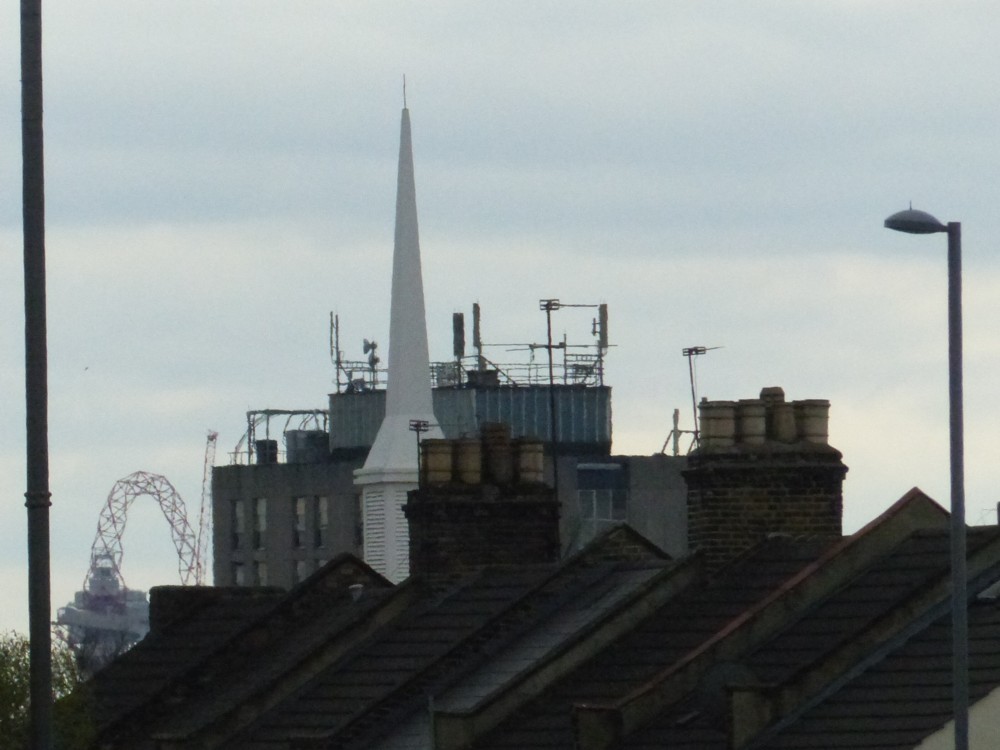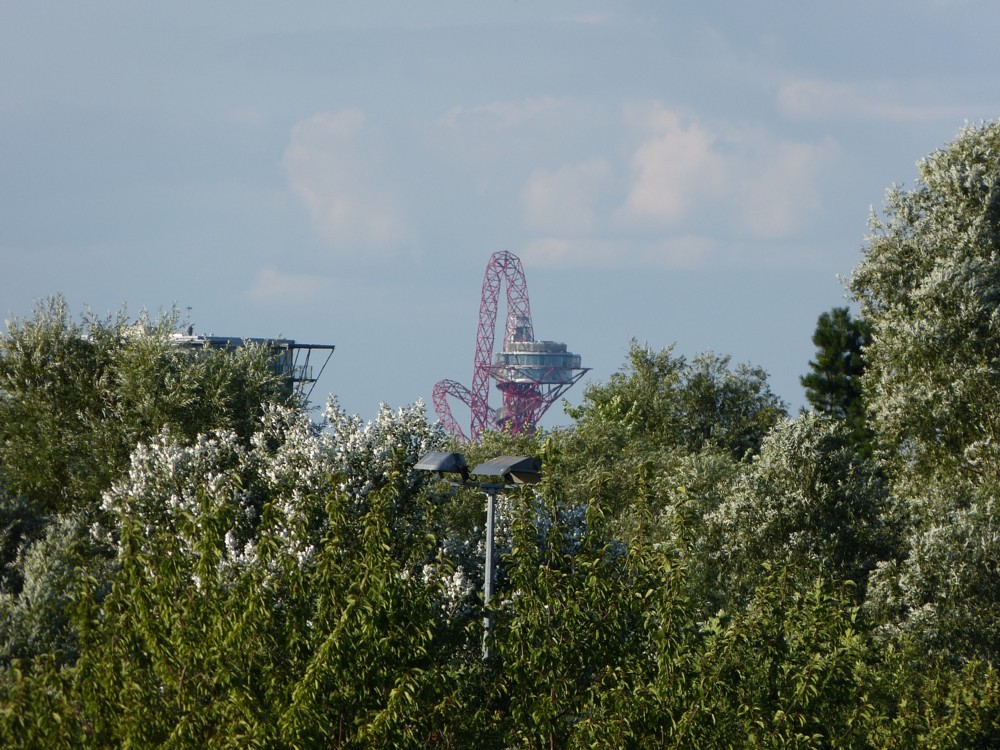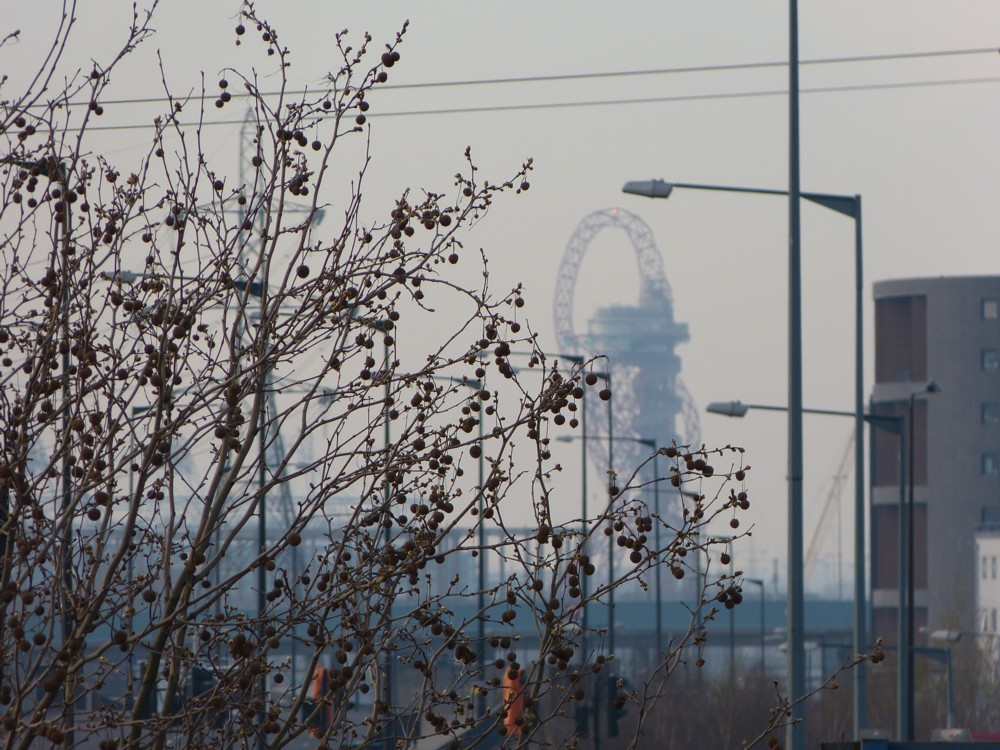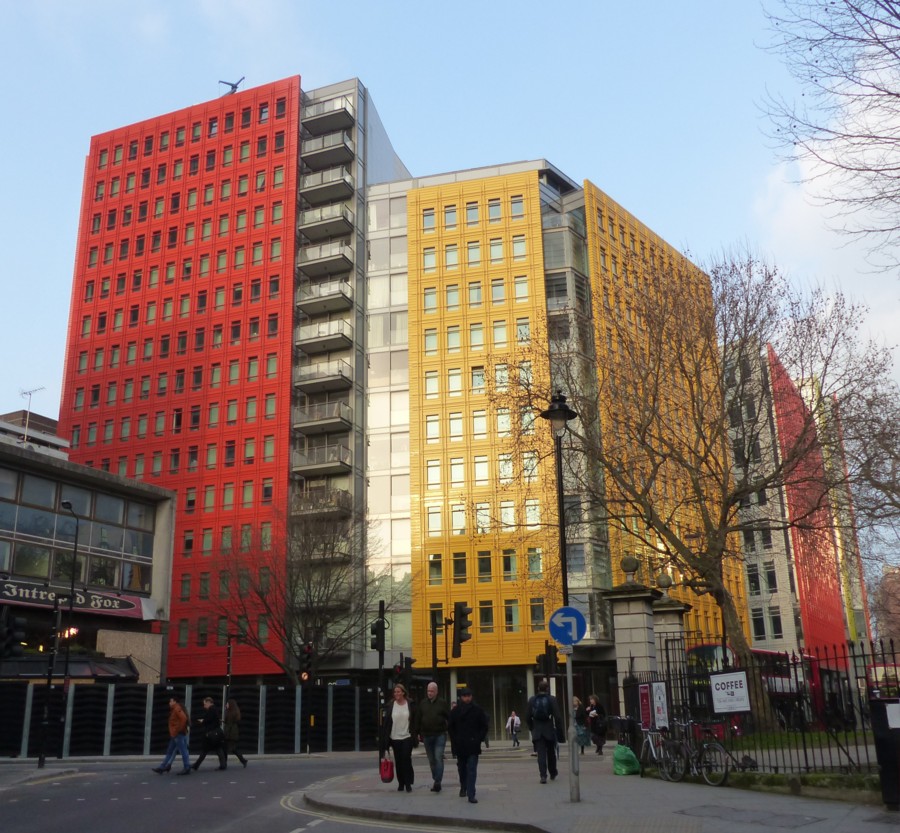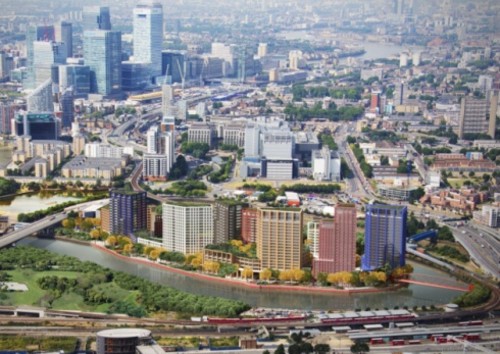And I was deliberately retracing steps I used to do a lot of around eight or ten years ago, to see what had changed and what had not. A lot had changed, in the form of a few big new buildings. The rest had not changed.
Did I say that that sunset I recently posted photos of was last Saturday? Yes. Actually it was the Friday. Get ill and you lose track of time. That evening I also took a lot of other photos, on and from the south bank of the river, between Blackfriars road bridge and Tower Bridge, and here are some of the ones I particularly liked:
That array of small photos (click on any you like to the look of to get it a decent size) really should not now be misbehaving, on any platform. If it is, please get in touch, by comment or by email.
As to the pictures themselves:
1.1 A Deliberately Bald Bloke standing at the bottom of 240 Blackfriars. (You can see the top of 240 Blackfriars in 3.1 here.) That Deliberately Bald look is, I think, fair game photo-blogging-wise. The guy is choosing to look this way. It’s a fashion statement, not an affliction. Blog-mocking the involuntarily bald is not right, but blog-celebrating those who embrace their baldness is fine. Especially if the guy obligingly turns his face away.
1.2 is one of my favourite weird London sites, namely the topless columns of the Blackfriars Bridge that isn’t, in between the two Blackfriars Bridges that are, the one on the right now sporting a new station on it. The twist is that this was high tide, and waves were rhythmically breaking against a corner in the river wall and filling the air between my camera and the bridges with bits of water.
1.3 is a building on the other side of the river. Just beyond the Blackfriars Station bridge. I do love what light and scaffolding and scaffolding covers sometimes do.
1.4 and 2.1 illustrate the universal photography rule to the effect that if you want to photo something very familiar, like St Paul’s Cathedral, you’d better include something else not so familiar, such as some propaganda for a current Tate Modern show that I will perhaps investigate soon, or maybe four big circles that you can see at the Tate Modern end of the Millennium Bridge.
2.2 is an ancient and modern snap, both elements of which I keep meaning to investigate. Those two buildings, the office block and the church, are like two people I frequently meet, but don’t know the names of. Luckily, with buildings, it’s not embarrassing to ask, far too late.
I know what that Big Thing behind the Millennium Bridge in 2.3 is, under wraps, being reconditioned, improved, made worse, whatever, we’ll have to see. That’s Centre Point. It even says most of that on it. I have always been fond of Centre Point, one of London’s early Big New Things.
2.4 features something I have tried and failed to photo several times previously, a Deliveroo Man. Deliveroo Men are usually in a great hurry and are gone before I can catch them, but this one was taking a breather. Deliveroo Men carry their plasticated corrugated boxes on their backs like rucksacks, which I presume saves valuable seconds.
3.1: Another ancient/modern snap. The very recognisable top of the Shard, and another piece of ancientness that I am familiar with but have yet to get around to identifying, see above. I really should have photoed a sign about it. I bet there is one.
3.2: The golden top of the Monument, now dwarfed by the Gherkin and by the Walkie Talkie.
3.3: A golden hinde, which is to be found at the front of the Golden Hinde. I’ve seen that beast before, but never really noticed it.
3.4: Another ancient/modern snap, this time with Southwark Cathedral dominating the foreground. The combined effect yet again vindicates Renzo Piano’s belief that the Shard would blend into London rather than just crow all over it. Those broken fragments at the top echo the four spikes on the nearby Cathedral. It looks that way to me, anyway.
4.1: Another delivery snap, this time of the old school sort. A White Van. But with lots of propaganda all over it, notably the back door, in the new school style.
4.2: Yet another ancient modern contrast, this time the Monument, again, with a machine for window cleaning. Note that small tripoddy object on the top of the Monument. I suspect that this is to give advance warning if the Monument starts to wobble.
4.3: Two exercises in power projection, now both lapsed into tourist traps. Behind, the Tower of London. In front, HMS Belfast.
4.4: Finally! Modern/modern! The Walkie Talkie and the Cheesegrater, and probably my favourite snap of all these. Not a view you often see in other photos, but there it was. Should the bottom be cropped away, to simplify it even more. I prefer to leave photos as taken.
5.1 shows that thing when reflected light is the exact same colour when reflected as originally. Photography is light, so photography sees this. But eyes always try to create a 3D model of what is going on, rather than just a 2D picture. Eyes deliberately don’t see this.
5.2 and 5.4 take me back to my beautiful-women-taking-photos phase, which was big last decade. These two were too good to ignore. They were just so happy! But, mobile phones, which is very this decade. Just like my cameras, the cameras in these just get better and better.
5.3 is another view of that amazing cluster of footbridges.


